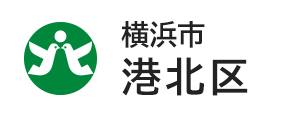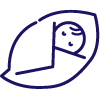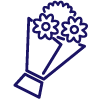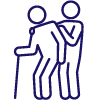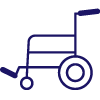Here's the text.
Anisakis
Last Updated March 29, 2024
Food poisoning prevention course (video)
<Food poisoning prevention course (anisakis edition) 1 minute 12 seconds>
Image character
Example of causative food
Sashimi and sushi such as mackerel, squid, salmon, horse mackerel, saury, sardine, bonito, etc.
Features
It is a thread-like, translucent white parasite of about 2 to 3 cm long, which is widely parasitic on marine seafood. It mainly parasitizes on the internal organs of fish, but can also parasitize muscles. Because it cannot become an adult in the human body, it is usually excreted when entering the body when eating fish, but rarely invades human stomach and intestines, causing severe abdominal pain.
Symptoms
A few hours to ten hours after eating, severe abdominal pain can occur and may be accompanied by symptoms such as nausea, vomiting, and hives. It can also cause peritonitis in the intestinal tract.
Preventive measures
・It is killed by cooking or freezing for more than 24 hours at minus 20 ° C.
・When freshness decreases, it is easy to move to muscles, so when eating seafood, select fresh ones and remove internal organs as soon as possible. In addition, take a close look at the edible part to remove the parasites.
・Don't eat raw fish offals.
If you want to know more, please click here.
Food Safety Commission homepage (points for food poisoning prevention) (outside site)
Inquiries to this page
Kohoku Health and Welfare Center Health Sanitation Division Food Sanitation Section
Telephone: 045-540-2370
Telephone: 045-540-2370
Fax: 045-540-2342
Email address: ko-eisei@city.yokohama.jp
Page ID: 752-801-816
